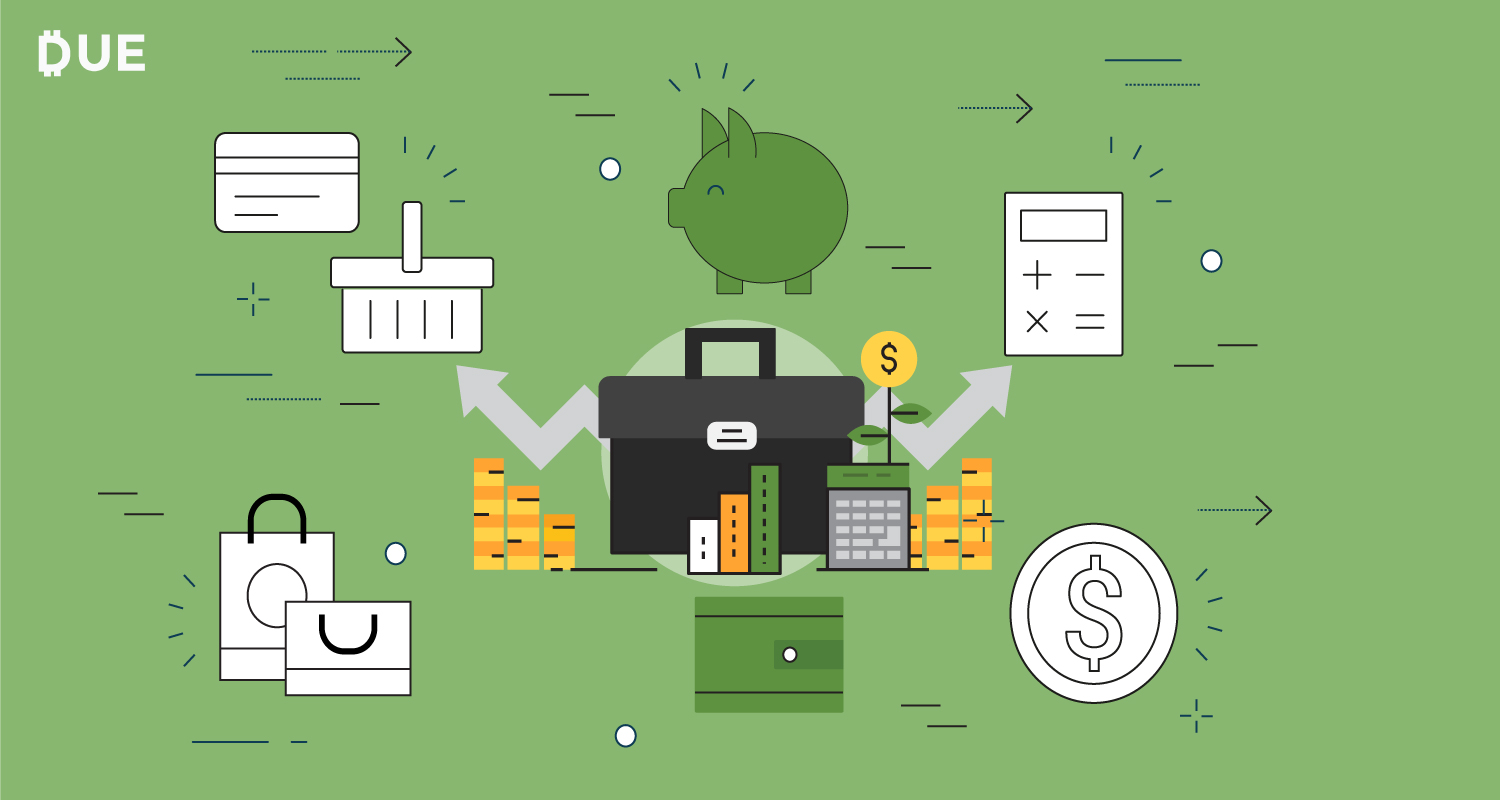People, product, and market: If any one leg of that triangle is weak or broken, investors aren’t interested in your startup.
That might sound cold, but early-stage venture capitalists can’t base six- or seven-figure decisions on gut feelings. Especially before your startup has broken even, it’s tough to tell without data whether it has a decent chance at disruption.
Every early-stage investor has his or her favorite figures to look at, of course. But there are a few company metrics that virtually all of them care about:
Table of Contents
ToggleMonthly recurring revenue
Monthly recurring revenue is just what it sounds like: the amount of money that customers have committed to spend each month on your product or service. Although there’s nothing wrong with one-off sales, investors prefer recurring revenue for two reasons: First, it’s effectively a floor, meaning that the company will bring in at least that much money in the coming months; second, it means the company doesn’t need a massive sales and marketing budget.
How much MRR do young startups need to attract investors’ interest? Phil Stover, early-stage investor and founder of Blue Skies Ventures, suggests that those seeking greater than $1 million demonstrate at least $50,000 in MRR — and be on track to achieve $80,000 in MRR over the next 6 months. Those company metrics should help startups command a $6 million to $10 million valuation and responsibly take in the investment while minimizing dilution, Stover says.
Weekly revenue growth
Venture investors don’t just care about revenue numbers themselves, though; they want to see an upward trend. Although Y Combinator primarily works with seed-stage companies, co-founder Paul Graham’s revenue growth benchmark — 5-7% per week — is a good goal for early-stage firms as well.
How did Graham come up with that range? A 1% per week revenue growth rate translates to just 1.7% growth in a year,
he points out, but a 5% weekly growth rate equates to 12.6% growth in a given year. At 10%, an unusual and even dangerous growth rate, that figure rises to 142-fold. “Our ancestors must rarely have encountered cases of exponential growth, because our intuitions are no guide here,” Graham notes. “What happens to fast growing startups tends to surprise even the founders.”
Company Metrics: Customer acquisition cost
Revenue is important, but investors are equally concerned with how much companies have to spend to obtain it. The primary company metric in this arena is customer acquisition cost, which many investors split into blended v. paid CAC. Blended CAC describes the company’s total acquisition cost divided by the total number of customers acquired across all channels; paid CAC measures the total acquisition cost across only customers the company gained through paid marketing.
Jeff Jordan, Anu Hariharan, Frank Chen, and Preethi Kasireddy of Andreessen Horowitz like to break CAC down even further. To evaluate the company’s marketing strategy, they want to know: What does it cost the company to acquire a customer, say, through Twitter? Other than organic sources, where do the company’s least expensive customers come from — and how large are those audience pools?
Customer lifetime value
Once a company has acquired a customer, how much money can the company expect to earn from them? That question gets at the heart of the fourth company metric early-stage VCs care about: customer lifetime value. CLV tells investors how much the startup can afford to spend on sales and marketing expenses without sacrificing its profitability.
The CLV formula — the average customer’s annual profit contribution multiplied by the average number of years a customer sticks around, with the average acquisition cost subtracted out — is relatively simple. But due to their early-stage nature, many young companies don’t yet have that data.
Instead, Nicholas Hahn, partner and finance lead at impakt Labs, recommends a rougher alternative with strategic import: Start by putting all your sales transactions into a table that lists sales amounts and customer sources. Then, on another sheet, add up how much customers of each source have spent so far. Remembering to subtract out cost of goods sold, divide each group’s spending across the given time frame. Although the numerator and denominator will change as your company ages, Hahn’s method helps you define your ideal customer.
Churn rate
There’s one more metric investors care about: churn rate, which describes the pace at which your customer base decays. Churn rate is critical because it affects every other metric on this list: Customers leaving quickly jeopardizes their lifetime value, increases the company’s total acquisition costs, hinders revenue growth, and reduces recurring revenue.
Adam Root, general partner at Tricent Capital, warns that, in some cases, churn matters even more than margins. “Before investing, my company looks for a churn rate below 6 percent,” Root says. “A churn value higher than that can indicate a product problem or a weak market.”
Despite how many of them chase it, the truth is that only 3-6% of startups receive venture funding at any stage. If you want your startup to stand out, forget flashy features; focus on what actually matters to the investment community: company metrics.














